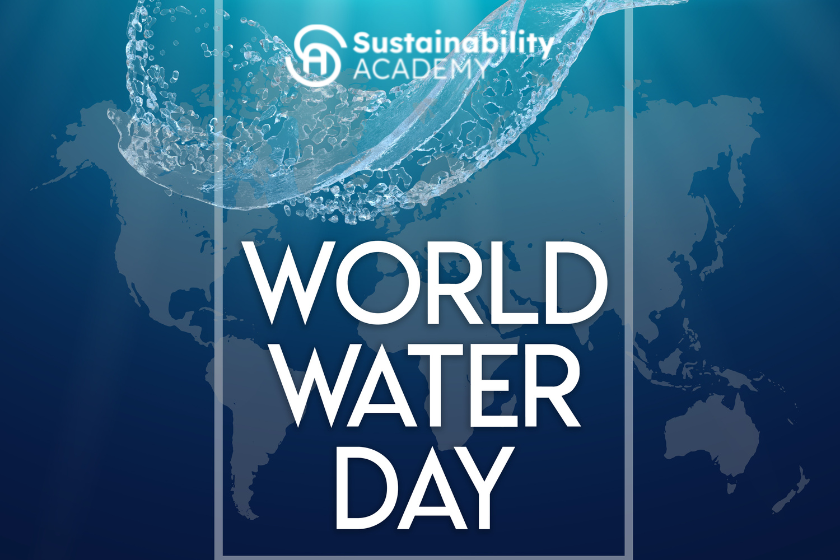This World Water Day, let’s take a moment to learn about the impact of the textile industry on our water sources. Water is an essential resource for most organizations and reducing its footprint brings a lot of benefits.
Explore what businesses can do to reduce their water footprint and make the textile sector more sustainable.
What is the textile sector?
The textile sector refers to the production of textiles – fabrics, yarns and materials created from cotton, wool, and synthetic fibers. This sector encompasses the entire process from the growth and harvesting of the raw materials to the manufacturing and retailing of finished products. The global textile sector employs millions of people and accounts for 2.5% of the world’s GDP. Textiles have been used since ancient times and remain an essential component of global trade and industry. As the global population continues to grow, so too does the textile sector. However, this growth comes with a cost: the pollution of our valuable water sources.
Water pollution in the textile sector
The textile sector relies heavily on water for the processing of raw materials and the finishing of textiles. During these processes, dyes and chemicals are released into our waterways and contaminate the water sources that are vital for drinking, bathing, farming, and recreation. Synthetic fibers, such as polyester and polyamide, are also a major contributor to water pollution.
These fabrics are not biodegradable and can take hundreds of years to break down. They are also highly absorbent, which means that microplastics and other toxins on our waterways will cling to them. This can harm wildlife, contaminate drinking water and spread toxins to other ecosystems. Moreover, textile dyeing is the second-largest polluter of water worldwide, with the fashion industry producing 20% of the world’s wastewater.
How can the textile sector reduce water pollution?
Businesses, organizations can take steps to reduce their water footprint and make the textile sector more sustainable. Businesses can start by replacing synthetic fabrics with organic and recycled alternatives, such as bamboo, hemp, or organic cotton. This will not only reduce water use, but will also eliminate the need for harsh dyes and chemicals, further reducing water pollution. Organizations can also reduce their water footprint by buying fewer or used items, or investing in sustainable textiles.
Why World Water Day matters for the textile sector?
The textile sector is one of the world’s largest polluters of water. World Water Day is a day set aside to remind individuals and organizations of the importance of clean water sources. Our actions can have a profound impact on our waterways. Now more than ever, it is important for businesses to consider their water footprint and take steps to reduce it.
By investing in sustainable materials, recycling water and reducing the amount of water used in their processes, companies can play a vital role in the fight against water pollution.
Discover more topics on water footprint and how to reduce it with LCA methodology, by enrolling to the recently updated Online Certificate on Carbon Reduction and Net Zero Strategies. You can register with a special 20% discount until March 31, using the coupon code “NZ20”.

